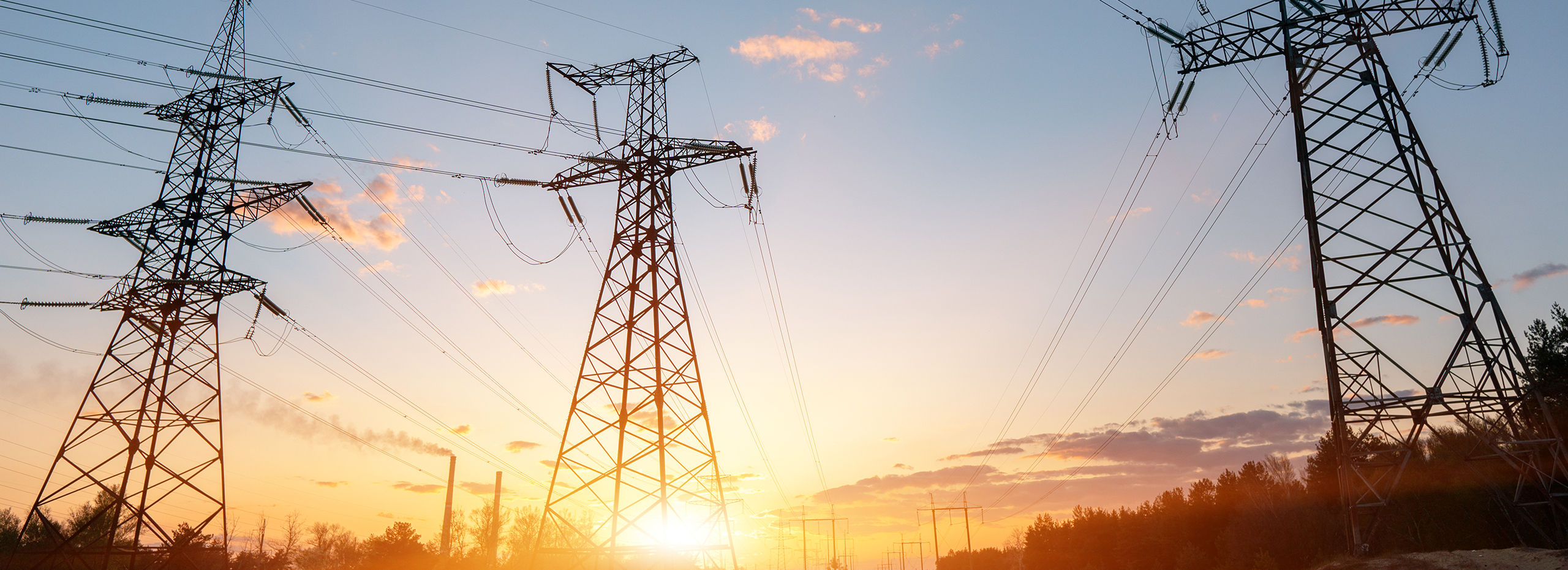
Our range of FIMT for Optical Ground Wire (OPGW) and Optical Phase Conductor (OPPC) solutions are engineered for robust and efficient performance in power transmission systems. OPGW products, designed to replace traditional ground wires of overhead power lines, simultaneously perform the functions of grounding and communications.
They are particularly effective in enhancing the reliability of power grids while providing a high-speed communication channel. Our OPPC offerings, integrating optical fibers within the phase conductors of power lines, are ideal for smart grid applications. They enable real-time monitoring and communication without the need for additional cable systems. Both OPGW and OPPC solutions are made with high-quality materials and advanced manufacturing techniques, ensuring durability, excellent environmental resistance, and superior data transmission capabilities.
These products are tailored to meet the demanding requirements of modern power infrastructure, ensuring seamless integration and long-term performance.
Our products for OPGW / OPPC manufactured to customer specifications.
Below are just a few examples to demonstrate our production capabilities.



The size of the FIMT depends on the number and type of fibers. Our datasheets specify the minimum outer diameter for different fiber counts as well as the available wall thicknesses. The outer diameter can exceed the listed values and is fully customizable according to customer requirements.
NBG provides fiber identification using a combination of black ring markings on the fibers and colored bundling yarns. Customers can define the exact color code. We recommend using bundling yarns, as they have less impact on attenuation compared to ring markings directly on the fibers.
Similar to fiber ring markings, black rings can be applied to FIMTs to differentiate between multiple tubes. For example, the first FIMT can remain unmarked, the second FIMT can have one black ring, and the third FIMT can have two black rings.
Depending on the cable design and required fiber count, the FIMT can be positioned centrally or within one of the stranding layers, allowing integration of multiple FIMTs. Centrally positioned FIMTs require a higher level of excess fiber length to accommodate elongation from cable load and thermal expansion, while FIMTs in the stranding layers are typically smaller and require less excess fiber length.
OPGW cables typically use single-mode optical fibers in accordance with ITU-T G.652.D / G.657.A1 or ITU-T G.655 standards. NBG collaborates with leading fiber suppliers worldwide to provide the fiber types and manufacturers requested by our customers. Maximum attenuation depends on both the fiber type and fiber density.
Aluminum can be either be cladded on top of stainless steel tubes as a thin cladding layer of 0.25 or 0.3 mm wall thickness or extruded as a thicker layer with a customizable thickness between 0.95 and 3.0 mm. With a minimum purity of 99.5%, the aluminum increases the overall conductor cross-section, helps prevent galvanic corrosion, requires no grease during processing, and is the preferred solution for harsher environmental conditions.
FIMTs can be processed on planetary stranding machines with activated backtwisting to prevent twisting of the welded tube. Tension-controlled drums are required to maintain proper excess fiber length, and brake force settings should be adjusted according to the FIMT size. NBG can assist in defining the correct process parameters to ensure reliable cable assembly.
We’re here to help! Reach out to us for any technical inquiries or assistance.